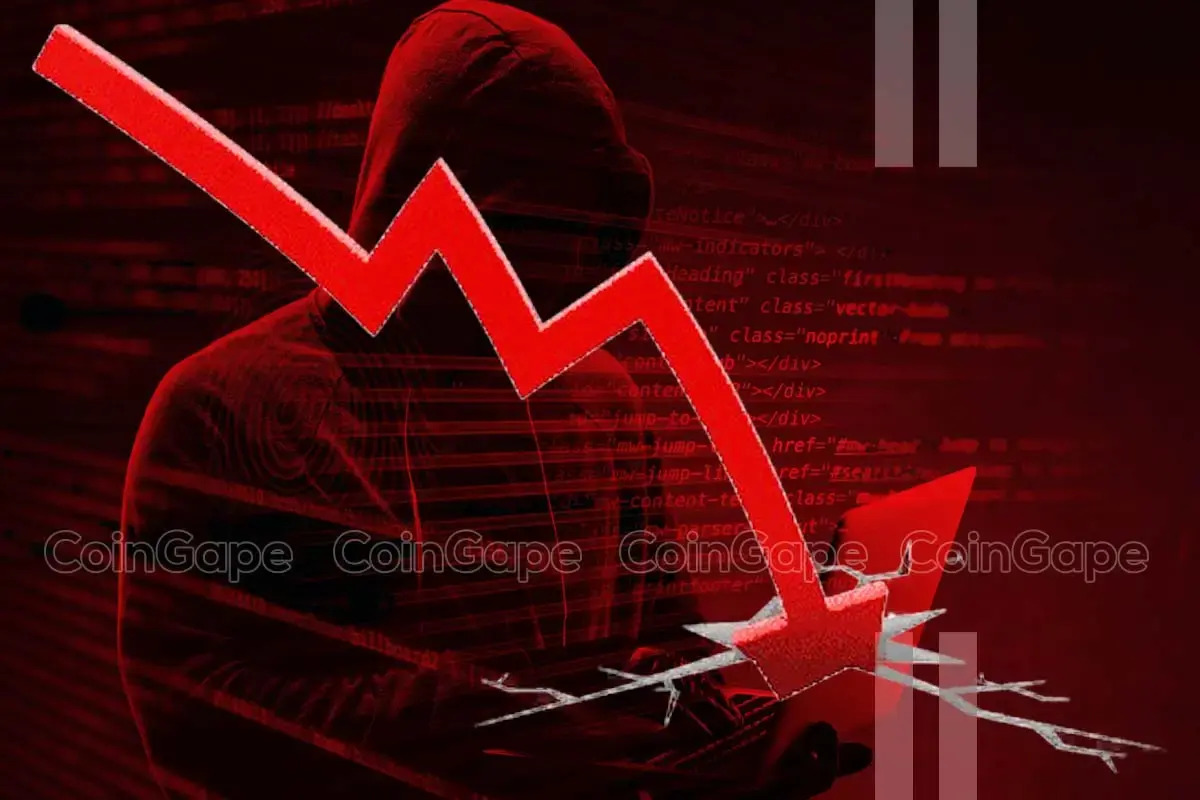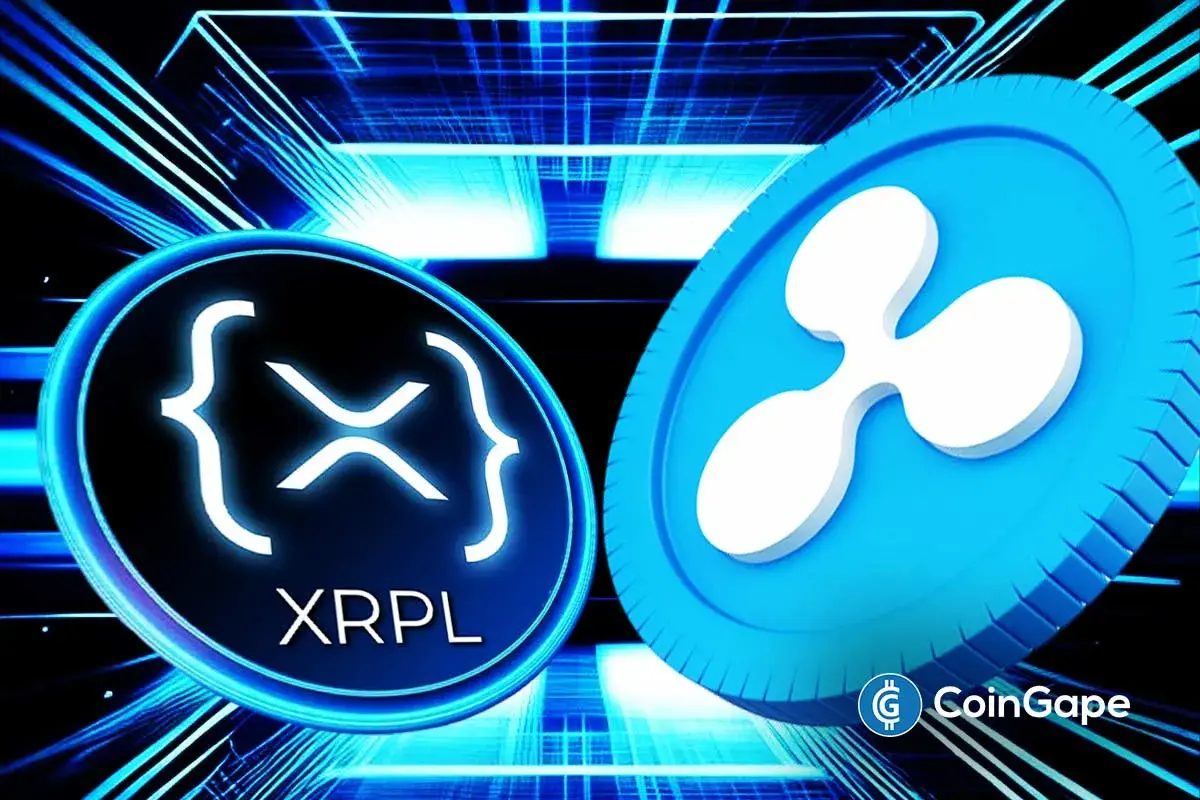Ethereum’s Vitalik Buterin Highlights Permanent Money Loss Risk in L2

Highlights
- Vitalik Buterin cautions against permanent money loss risks in Layer 2 (L2) solutions.
- Buterin proposes integrating sophisticated Layer 1 features into L2 protocols to enhance security.
- Challenges include technical complexities and coordination efforts, but Buterin's approach aims to fortify Ethereum's decentralized infrastructure.
Vitalik Buterin, co-founder of Ethereum, recently took to Twitter to issue a cautionary note regarding Layer 2 (Ethereum L2) solutions. In his remarks, Buterin underscored the gravity of a specific risk associated with Ethereum L2 implementations: the potential for permanent financial losses.
This warning comes amidst growing interest in Layer 2 scaling solutions aimed at enhancing Ethereum’s scalability and reducing transaction fees. However, Buterin’s remarks serve as a stark reminder of the inherent risks involved in adopting such solutions, particularly concerning the security of users’ funds.
Further Clarity to Vitalik Buterin’s Concerns
Vitalik Buterin’s concerns stem from a critical comparison between Layer 1 (L1) and Layer 2 (Ethereum L2) solutions within the Ethereum ecosystem. In his analysis, Buterin highlights the differing implications of system failures in L1 and Ethereum L2. A consensus failure in L1 typically triggers immediate responses from core developers, leading to temporary disruptions but eventual system stability.
However, Buterin draws attention to the distinct vulnerability of Ethereum L2 solutions: the risk of permanent financial loss resulting from bugs or flaws within the protocol. Unlike L1, where consensus failures can often be resolved swiftly, bugs in Ethereum L2 implementations pose a more significant threat.
The decentralized nature of Ethereum L2 solutions, coupled with the complexity of smart contracts, heightens the potential for catastrophic outcomes. In the event of a bug, users could face irreversible losses of their funds, a scenario Buterin considers particularly concerning.
Also Read: Just-In: Ethereum (ETH) Gains Momentum After This Vitalik Buterin’s AI Comment
Buterin’s Proposal for Mitigating Risks in Ethereum L2
Buterin’s suggestion revolves around the idea of enhancing Ethereum L2 solutions with the robustness and security features typically associated with L1. By incorporating elements such as advanced consensus mechanisms, smart contract execution environments, and dispute resolution mechanisms directly into Ethereum L2 implementations, Buterin aims to fortify the resilience of these scaling solutions.
The rationale behind Buterin’s proposal lies in the imperative to streamline Ethereum L2 protocols and bolster their reliability. While Ethereum L2 solutions offer promising avenues for scalability and transaction throughput, their adoption introduces additional layers of complexity and potential vulnerabilities. By integrating L1 features into Ethereum L2, Buterin seeks to mitigate these risks and ensure a more robust and secure infrastructure for decentralized applications (dApps) and financial transactions.
Implementing Buterin’s proposed approach presents both opportunities and challenges. On one hand, incorporating sophisticated L1 features into Ethereum L2 solutions could significantly enhance their security and usability, fostering greater trust and confidence among users. Moreover, aligning Ethereum L2 protocols with established L1 standards may facilitate interoperability and compatibility within the Ethereum ecosystem.
Also Read: Ether (ETH) to outperform Bitcoin (BTC) in Coming Months: Bloomberg
- Nearly $50M in USDT Stolen After Address Poisoning Scam Targets Crypto Trader Wallet
- Breaking: Rep. Max Miller Unveils Crypto Tax Bill, Includes De Minimis Rules for Stablecoins
- XRP Holders Eye ‘Institutional Grade Yield’ as Ripple Engineer Details Upcoming XRPL Lending Protocol
- Michael Saylor Sparks Debate Over Bitcoin’s Quantum Risk as Bitcoiners Dismiss It as ‘FUD’
- Ethereum Faces Selling Pressure as BitMEX Co-Founder Rotates $2M Into DeFi Tokens
- Will Solana Price Hit $150 as Mangocueticals Partners With Cube Group on $100M SOL Treasury?
- SUI Price Forecast After Bitwise Filed for SUI ETF With U.S. SEC – Is $3 Next?
- Bitcoin Price Alarming Pattern Points to a Dip to $80k as $2.7b Options Expires Today
- Dogecoin Price Prediction Points to $0.20 Rebound as Coinbase Launches Regulated DOGE Futures
- Pi Coin Price Prediction as Expert Warns Bitcoin May Hit $70k After BoJ Rate Hike
- Cardano Price Outlook: Will the NIGHT Token Demand Surge Trigger a Rebound?

 Claim $500
Claim $500














